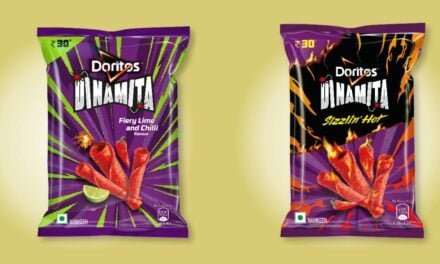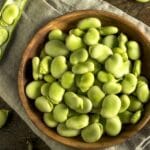Traditional snack food ‘papad’ cannot be equated with packaged ‘unfried fryums and cannot have similar tax treatment the Authority for Advance Rulings (AAR) has ruled.
Gujarat’s Authority for Advanced Ruling (AAR) ruled while disposing three applications. Applicants Piyush Jayantilal Dobaria and Swaminarayan Food (both Rajkot-based) and Surat-based JK Food Industries had approached the AAR with similar issues.
Dobaria sought ruling on the GST rate for papad of different shapes and sizes manufactured/ supplied by him. Swaminaryan Food’s question was: “Whether any tax is payable in respect of sale of fryums manufactured by the applicant? And if the answer is in the affirmative, the rate of tax thereof?”
The third applicant, JK Food, had two questions – one on tariff heading for papad of different shapes and sizes and the second on the rates.
In its order rejecting a petition seeking to bring irregular-sized packaged snack food as referred to as unfried fryums at par with papad for applicability of GST, the AAR said that in the matter of the product under reference, where no clear definition has been provided in the statute, the principle of common parlance is used.
This means interpretation of statutes for deciphering the mind of the lawmaker rather than any other scientific reasoning.
All three applicants argued that fryums are papad and since “papad is tax free/exempt as per tariff item 19059040, Fryums manufactured and sold by the applicant would also be exempt from payment of tax”. It was submitted that papad is made when the dough is moulded and given the shape, usually a palm size round or may be smaller or bigger.
However, considering the demands of different consumers, innovations are made to shapes and sizes also.
It does not require any extra effort to do the same – change the shape and size of a papad. The dough remains the same with minor variations in the proportion of ingredients and it is moulded in the desired shape and size.
The shape and size may vary, but the ingredients, the proportion of ingredients, the composition, and the recipe remain similar, if not exactly the same. These are not ready-to-eat and remain in an uncooked/semi-cooked form till they reach the actual consumer.
After going through all the arguments and submissions, AAR said ‘unfried fryums’ cannot be called ‘papad’.
Accordingly, it held that unfried fryums is covered by “food preparations not elsewhere specified or included (other than roasted gram, sweetmeats, batters, including idli/dosa batter, namkeens, bhujia, mixture, chabena and similar edible preparations in ready-for-consumption form, khakhra, chutney powder, diabetic foods)” falling under heading 2106 with GST at the rate 18 per cent.
With this interpretation, papad cannot be equated with any other un-fried fryums and hence it is liable to pay 18 per cent GST, as against nil GST rate for papad, the AAR has said.
The AAR ruling brings further clarity in matters of taxation disputes where no clear definition of a product category is available but rates are fixed based on the principle of common parlance.
In this particular case, it is clear that all other ‘unfried packaged food’ have been considered as ‘namkeen’ and not as ‘papad’. Hence, they attract different tax rates as compared to the traditional food item.
Photo Source: Wikipedia














